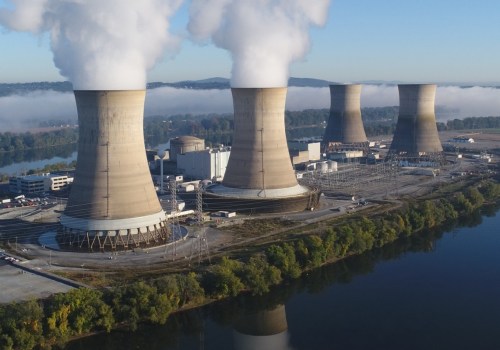The devastating effects of radioactive materials are caused by the emission of hazardous ionizing radiation, such as beta or alpha particles, gamma rays, or neurons. These emissions can cause fire and explosion damage, as well as radiation sickness if the exposure is above a certain threshold. Symptoms of radiation sickness range from skin rashes, vomiting, and diarrhea to coma and death. Radioactive contamination occurs when radioactive material is deposited on or inside an object or person.
This contamination can spread to air, water, surfaces, soil, plants, buildings, people, or animals. A person who has been contaminated will have radioactive materials inside or on their body. Interestingly, many public buildings such as the Australian Parliament House and the Great Central Station in New York would not be able to obtain a license to operate if they were nuclear power plants due to the large amounts of granite used in their construction. The Fukushima Daiichi nuclear power plant crisis is the worst nuclear accident since Chernobyl in Ukraine in 1986. The cooling system of a tank that stored many tons of dissolved nuclear waste failed and caused an explosion with an estimated force of 75 tons of TNT (310 KG).
Workers who are exposed to radiation should be treated the same way as workers in the nuclear industry. Neutrons are uncharged particles released mostly by nuclear fission and are rarely found outside the core of a nuclear reactor. The cause of these increases is unknown, but a major study of those close to Sellafield has ruled out any contribution from nuclear sources. Less than 1% of radiation exposure comes from past testing of nuclear weapons or the generation of electricity in nuclear power plants, as well as from coal-fired and geothermal power plants.
X-rays are also electromagnetic and ionizing waves that are similar to gamma rays but not of nuclear origin. Radiation protection in uranium mining operations and other parts of the nuclear fuel cycle is strictly regulated and exposure levels are controlled. Cancer patients receiving treatment with systemic chemotherapy or radiation therapy should be evacuated from areas affected by a nuclear power plant accident so that their medical treatment can continue without interruption. Immediately after the Chernobyl nuclear power plant disaster in 1986, many people received large doses.
These records can be important after not only an accident at a nuclear power plant but also after other large-scale events that can disrupt medical services when medical records may be lost. External exposure comes from walking on contaminated soil or coming into contact with contaminated materials at nuclear accident sites. The accident at the Three Mile Island nuclear power plant in March 1979 caused some people near the plant to receive very low doses of radiation, well below regulatory thresholds. To avoid these hazardous effects, it is important to take safety precautions when dealing with radioactive materials. Workers should wear protective clothing and follow safety protocols when working with radioactive materials.
People living near a nuclear power plant should be aware of emergency procedures in case of an accident. It is also important to keep records of medical treatments for those who have been exposed to radiation so that they can receive proper care.






